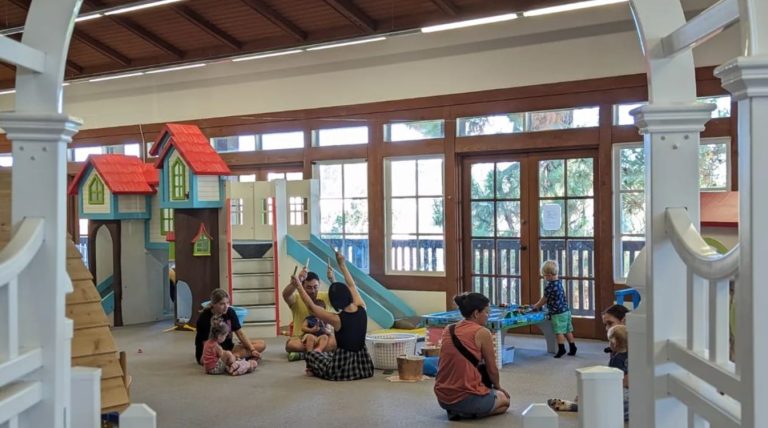Very different from institutions or services-centered approaches, so-called “person-centered or patient-centered” approaches have been developed for the case of chronic patients. Indeed, if acute diseases represent a temporary break with lifestyle, chronic diseases mean a permanent loss of the previous condition [43] and require ongoing management to prevent or delay the deterioration of the disease. state of health of the patient. Also, the search for a better quality of care requires taking into account the clinical particularities of each patient, as well as the integration of their specific needs. The solutions proposed must, therefore, take into account several dimensions relating to both the situation of each person (socio-economically,
 Service integration and its conceptual models
Service integration and its conceptual models
The integration of services deep tissue massage las vegas is carried out as close as possible to the chronic patient through professional practices that allow the coordination of the clinical, normative and structural components of an inherently complex service offer. Such an integration project requires the development of innovative mechanisms and tools to be concretely mobilized by professional actors. Integration, therefore, requires a series of strategies, approaches, and methods that support service coordination and interprofessional collaboration to enhance the quality of care and services as well as patient satisfaction
Service integration schemes must, therefore, concern both the clinical aspect of any professional practice and the organizational aspect of any complex intervention. The purpose of the coordination that results from this cannot be reduced to the clinical dimension, either the professional acts performed for a patient, or the organizational dimension alone, ie the norms and rules of the institution, the organized labor and distribution of resources.
The quality of services in the sense [21, 42] is conceived as ” a collective, systemic, proactive intelligence, rather than the only result of professional acts considered individually ” [17]. This new model seems to have many clinical, budgetary, social and human virtues [37]. Its benefits lie in the development and deployment of several organizational concepts for structured care that are related to the broader concept of integrated care and the principle of organizing so-called patient-centered care services. The case management, the disease management, chronic care model and population management are considered as fundamental for optimal clinical management (horizontal integration)
Horizontal integration: disciplinary fields and …organizational (vertical integration
The case management model is an illustration for people with complex pathological needs. Its principle is based on the human component ( case manager, dedicated coordinator or pivotal intervener) of a socio-technical and normative system that coordinates the interventions of the different providers of care and services (clinical, medico-social and social) to in place appropriate therapeutic projects





